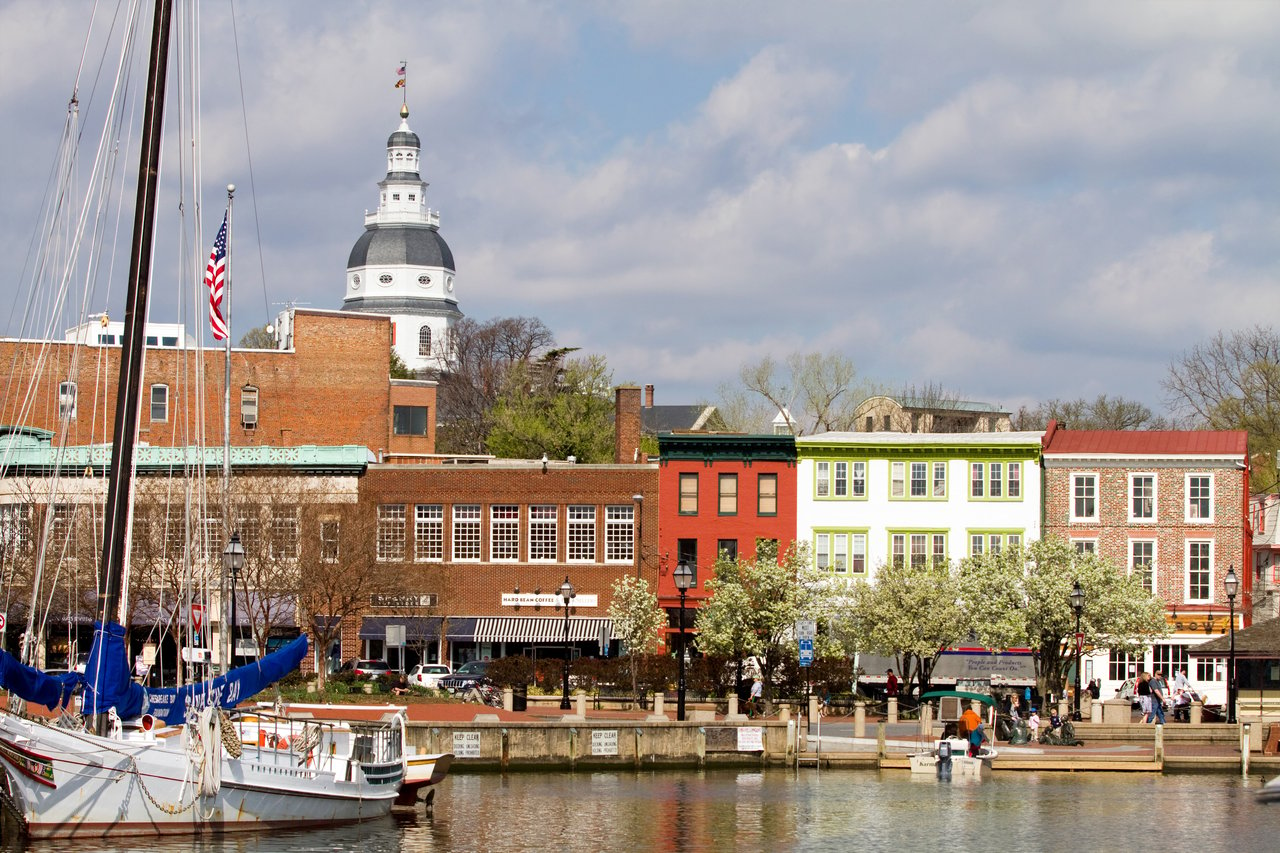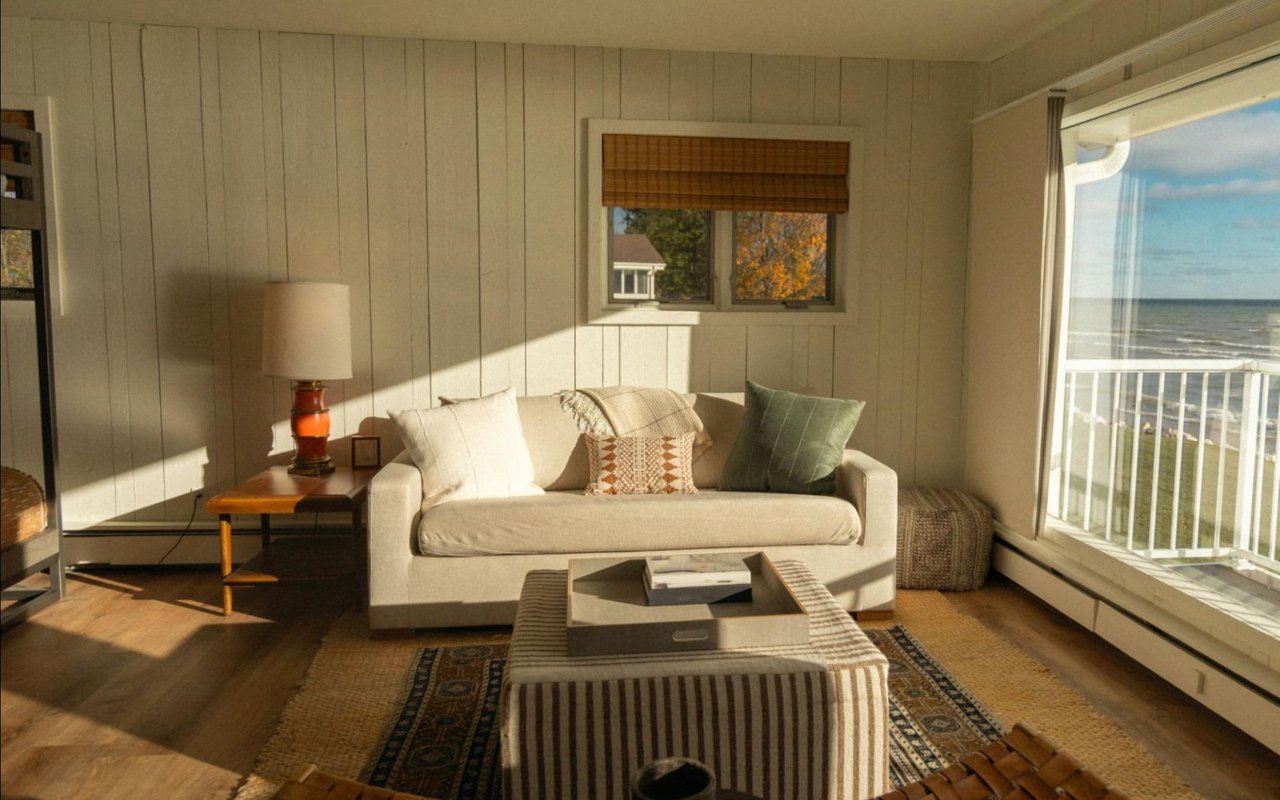Anne Arundel County offers a deep and layered architectural history that reflects its early colonial foundations, 19th-century development, and ongoing modern use. The county includes many structures tied to politics, maritime trade, religious history, and residential growth. Each landmark gives you a close look at the materials, design trends, and construction methods used during its time. These structures are not just old — they are active parts of the cultural and civic identity in the region.
If you’re curious about architecture in Anne Arundel County, check out these landmarks! They give you great examples of how the area's buildings have changed over time.
Maryland State House
The Maryland State House in Annapolis is the oldest state capitol in continuous legislative use in the United States. Construction began in 1772 and was completed in the 1790s. Its wooden dome, built without nails, remains a distinctive feature throughout downtown Annapolis. The building is made of locally sourced brick and detailed with white-painted trim, presenting a strong contrast consistent with its original design.
Inside, the rotunda features a large open chamber with a compass rose on the floor and galleries along the sides. The Old Senate Chamber, restored to its 18th-century appearance, was where George Washington resigned his commission as commander of the Continental Army. The building is still in use by the Maryland General Assembly, and tours are available to the public. The design is rooted in Georgian architecture but adapted to reflect American civic needs.
Inside, the rotunda features a large open chamber with a compass rose on the floor and galleries along the sides. The Old Senate Chamber, restored to its 18th-century appearance, was where George Washington resigned his commission as commander of the Continental Army. The building is still in use by the Maryland General Assembly, and tours are available to the public. The design is rooted in Georgian architecture but adapted to reflect American civic needs.
Hammond-Harwood House
The Hammond-Harwood House is a well-preserved Georgian home in Annapolis. It was completed in 1774 and is one of the best examples of Anglo-Palladian architecture in the United States. The house was designed by architect William Buckland and is modeled after a design by Andrea Palladio. It reflects strong European influence combined with local materials and layout considerations.
The exterior showcases symmetrical brickwork, tall sash windows, and detailed wood trim. Inside, the rooms feature high ceilings, wood paneling, and ornamental plasterwork. Furnishings include period-correct pieces, many of which are from Maryland's early history. The house now functions as a museum and holds regular tours and educational programs.
The exterior showcases symmetrical brickwork, tall sash windows, and detailed wood trim. Inside, the rooms feature high ceilings, wood paneling, and ornamental plasterwork. Furnishings include period-correct pieces, many of which are from Maryland's early history. The house now functions as a museum and holds regular tours and educational programs.
The Naval Academy Chapel
The U.S. Naval Academy Chapel is located on the grounds of the Naval Academy in Annapolis. It was completed in 1908 and designed by Ernest Flagg in the Beaux-Arts style. The chapel is built with granite and features a large copper dome that dominates the skyline from both land and water. It serves as a non-denominational worship space for midshipmen and hosts weddings and memorial events throughout the year.
The building includes stained-glass windows, an ornate pipe organ, and a spacious interior with formal seating. The crypt of John Paul Jones, a naval officer during the American Revolution, lies beneath the chapel and can be accessed via a designated entrance. The structure reflects federal investment in large-scale institutional design and remains a defining feature of architecture in Anne Arundel County.
The building includes stained-glass windows, an ornate pipe organ, and a spacious interior with formal seating. The crypt of John Paul Jones, a naval officer during the American Revolution, lies beneath the chapel and can be accessed via a designated entrance. The structure reflects federal investment in large-scale institutional design and remains a defining feature of architecture in Anne Arundel County.
Brice House
The Brice House was built on East Street in Annapolis between 1767 and 1773. It is one of the city's largest and most architecturally significant Georgian mansions. Constructed primarily of red brick with a five-part plan, it includes a central block flanked by two hyphens and end pavilions. The symmetry and balance are strong examples of formal Georgian layout.
The Brice House includes elaborate woodwork, large fireplaces, and plaster details that reflect wealth and status during the colonial period. It is not currently open as a museum, but the property is under the care of preservation groups. The Brice House stands as a detailed reference point for early American elite residential design and its ties to urban development in Annapolis.
The Brice House includes elaborate woodwork, large fireplaces, and plaster details that reflect wealth and status during the colonial period. It is not currently open as a museum, but the property is under the care of preservation groups. The Brice House stands as a detailed reference point for early American elite residential design and its ties to urban development in Annapolis.
Historic Goshen Farm
Goshen Farm is located in the Cape St. Claire community and dates back to the late 18th century. It was once a working farm and now serves as an educational and historical site. The main house is a two-story wooden structure with a gabled roof and minimal ornamentation. It was built in sections, reflecting its use and expansion over time by different owners.
The property includes gardens, trails, and outbuildings that help tell the story of rural life in the region. Preservation work is ongoing, and the farm is maintained by the Goshen Farm Preservation Society. Community events and open houses provide access to the property.
The property includes gardens, trails, and outbuildings that help tell the story of rural life in the region. Preservation work is ongoing, and the farm is maintained by the Goshen Farm Preservation Society. Community events and open houses provide access to the property.
Thomas Point Shoal Lighthouse
Although located offshore, the Thomas Point Shoal Lighthouse is one of the most iconic architectural structures linked to Anne Arundel County, and is celebrating its 150th anniversary in 2025. Built in 1875, it sits at the mouth of the South River and is the last screw-pile lighthouse still in its original location on the Chesapeake Bay. Its hexagonal structure is mounted on iron piles that anchor it to the shoal beneath the water.
The lighthouse was manned until the 1980s and now serves as a museum and navigational aid. Boat tours are available during the summer months. The structure includes a lantern room, living quarters, and maintenance areas, all enclosed in a wood-framed design with a red roof and white walls.
The lighthouse was manned until the 1980s and now serves as a museum and navigational aid. Boat tours are available during the summer months. The structure includes a lantern room, living quarters, and maintenance areas, all enclosed in a wood-framed design with a red roof and white walls.
Historic London Town and Gardens
Historic London Town and Gardens in Edgewater, Maryland, combines a history museum with beautiful gardens, offering a unique glimpse into the past. The main building uses post-and-beam construction with exposed brick and period furnishings. It reflects a style typical of English colonial settlements that prioritized function and durability.
Visitors can explore a "lost" colonial town set along the South River, featuring the Historic William Brown House. The site offers various public and private tours of the area and the gardens. Engaging events such as wreath-making workshops and guided tours are available, enhancing the visitor experience. The gardens serve as a venue for educational programs and seasonal events, making it a compelling attraction in Anne Arundel County.
Visitors can explore a "lost" colonial town set along the South River, featuring the Historic William Brown House. The site offers various public and private tours of the area and the gardens. Engaging events such as wreath-making workshops and guided tours are available, enhancing the visitor experience. The gardens serve as a venue for educational programs and seasonal events, making it a compelling attraction in Anne Arundel County.
William Paca House and Garden
The William Paca House and Garden is a key site within the Chesapeake Crossroads Heritage Area, offering a look into the life of William Paca, a signer of the Declaration of Independence. The house is a fine example of Georgian architecture, and the beautifully restored garden provides a serene setting for visitors to explore. The gardens are home to several popular events, such as the Blazers, Bourdon, & Cigars in the fall and the Paca Girlfriends Party every June. The home and gardens are also a popular site today for weddings and rehearsal dinners. Guided tours of the house and garden offer insights into the history and architecture of the site.
Find Your Place in Maryland
Ready to Make Your Move to Maryland? If you're looking to buy or sell, Brad Kappel is the expert you need. Raised on the waters of the Chesapeake Bay and a third-generation Annapolitan, Brad has unparalleled knowledge of the area's luxury and waterfront real estate market. With over a decade of successful sales experience, including over $1 billion in waterfront property transactions, Brad and his team have the expertise to help you achieve your real estate goals, whether you're buying your dream home or selling a valuable property.
Contact Brad and his team today to work with a trusted expert who understands the intricacies of Maryland's exclusive luxury waterfront market.
Contact Brad and his team today to work with a trusted expert who understands the intricacies of Maryland's exclusive luxury waterfront market.




